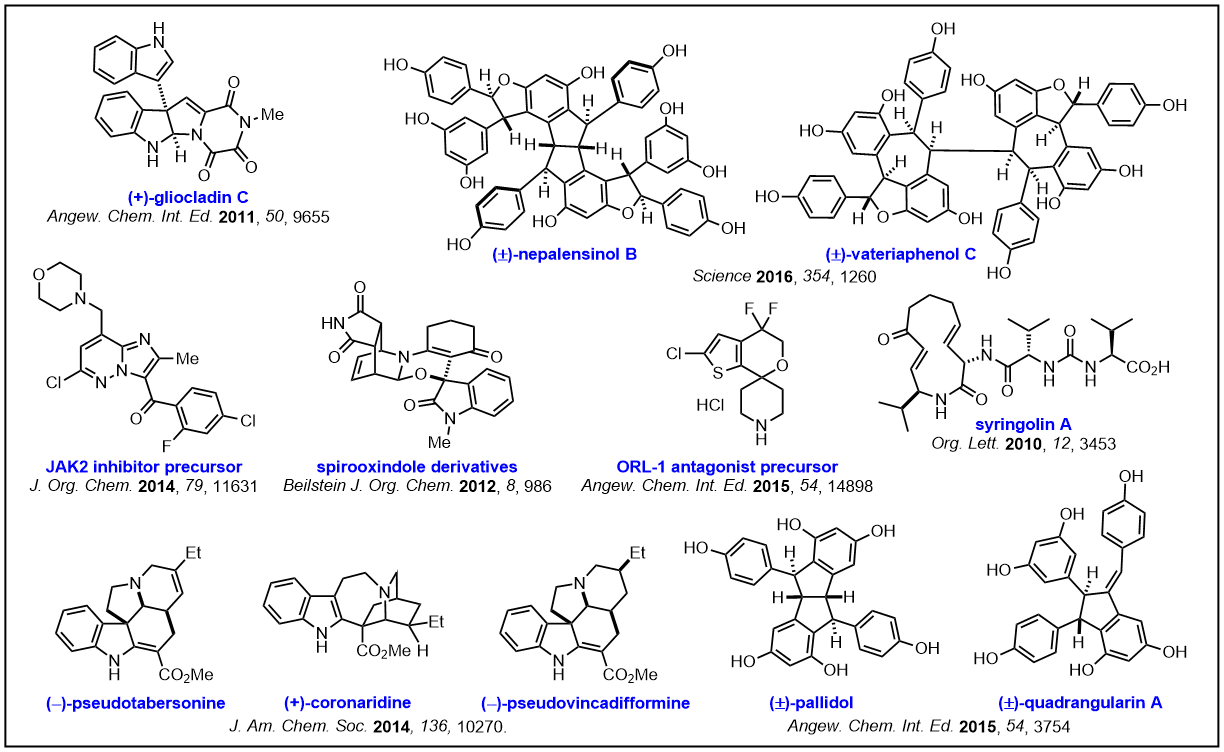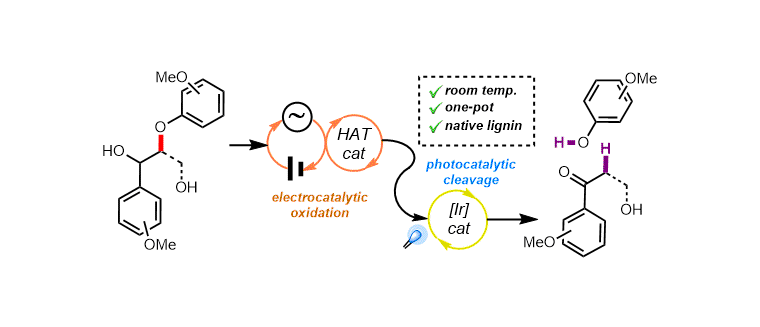
Current Research Interests

Photoredox Methodology
Photosensitive electron transfer catalysts provide unique and chemoselective access to a wide range of radical intermediates, and ultimately, new methods for small molecule synthesis. These new methods are distinguished by reactivity at ambient temperature, chemoselectivity in the presence of sensitive functional groups, and scalability towards obtaining meaningful amounts of new chemical entities. The Stephenson group is dedicated to critically advancing the field of photoredox catalysis by creatively designing and understanding radical reactions to enhance the access of unsustainable reactions as well as enable the synthesis of new chemical space.

Complex Molecule Synthesis
A central focus in our group is the creative implementation of radical intermediates toward complex, bioactive molecules with a concerted focus on sustainability and scalability. We have and will continue to enable access to both natural products and clinically-relevant scaffolds through the use of photoredox catalysis, electrochemistry, and biomimetic persistent radical precursors. The strategy-level advantages of these methodologies as well as our well-established ties to industry offer a unique opportunity to address the orthogonal needs of process- and discovery-scale medicinal chemistry.

Biomass Degradation
Our group is interested in the valorization of biomass, particularly lignin, for the production of useful commodity chemicals and potential fuel sources. We seek to employ redox catalysis, both photo- and electrochemical, to develop practical and scalable valorization techniques to afford useful commodity chemicals in a mild and efficient manner. We believe advancements and investments in this field of biomass valorization will supplement the carbon feedstocks provided by fossil fuels, thus lowering the environmental impact resulting from fossil fuel production.

Flow Synthesis
We are interested in the application of flow chemistry to photoredox catalysis. Our aim is to use continuous flow technology to (i) enable the efficient scale-up of industrially-relevant photoredox reactions by improving light penetration (ii) design continuous multi-step reactions for pharmaceutical and biomass conversion applications, and (iii) develop microfluidic technologies for the automated optimization of photoredox reactions.


